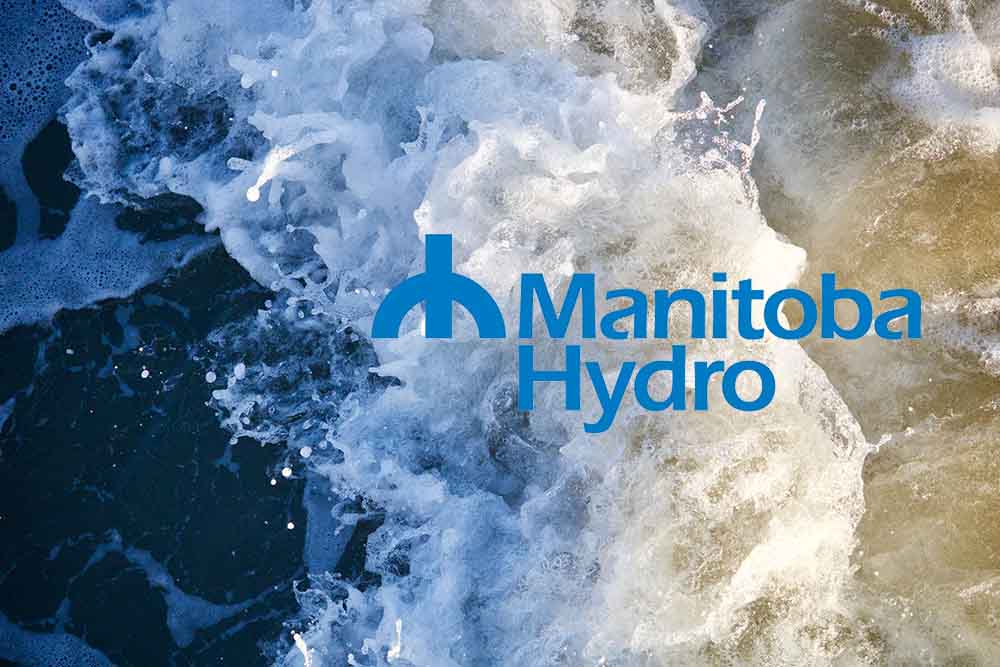Hydro was once heralded as “Manitoba’s oil”. The Limestone Dam was finished in 1990, twice the size of Keeyask (still under construction) – at one-sixth its cost. With Limestone running, residential and industry customers could look forward to having cheap and abundant power for at least a generation – a needed advantage, one significant enough to reasonably attract new industries.
Unfortunately, that useful ‘advantage’ is gone, the result of an ill-fated expansion. One driven to assist northern First Nations and the green lobby, it ended up with costs soaring while anticipated export prices fell. Hydro, now a heavily-indebted monopoly utility, plays accounting ‘games’ while feeding $500 million a year to the provincial government. The former ‘Manitoba Advantage’ has been eroded by governmental stubbornness, uncontrolled cost increases, and a rapidly changing North American market marked by cheap shale oil and gas, and ‘green’ subsidized solar and wind power.
While the dreams of naive politicians and Hydro engineers were fulfilled by thoughts of huge new projects, the then NDP government forced a western-routed Bipole III transmission line (a major mistake) and two new generating stations -Wuskwatim and Keeyask – spending an extra $1 billion just to get First Nations’ onside. Bipole III, Wuskwatim and Keeyask, all suffering enormous cost, over-runs with export prices falling well short of expected.
With the ‘Dippers’ out, Premier Brian Pallister stumbled forward with the foolhardy projects. Through politics, inept management and market changes, the last ‘profitable’ dam Hydro built was Limestone, now thirty years ago. It cost only 15% of what a finished Keeyask will require – despite Keeyask’s 50% smaller prospective output. Wuskwatim, built smaller to gain the approval of a First Nation, cannot come close to making a real profit as its increased output is largely destined for rock-bottom ‘export opportunity prices’. The Bipole III transmission line cost three times originally expected. Finally, Conawapa, planned to be large, more like Limestone, was finally abandoned in 2013, bringing about a massive loss to be amortized over thirty years.https://fcpp.org/donations/
Hydro’s accounting push costs out in time to make current and short-term financial results look better. A decade ago, an expert witness at a Hydro rate hearing before the Public Utilities Board, recommended the costs of Wuskwatim, Keeyask and Bipole III be absorbed at twice the annual rate Hydro does.
Hydro is now reliant on imported American power in the case of a drought, the last one now fifteen years ago. With Wuskwatim, Keeyask, Bipole III and the new Manitoba-Minnesota line coming in at $20 billion of expansive debt, expect massive Hydro losses when the next drought (now overdue) hits.
Hydro reports weak financial results, even with the ’help’ of questionable accounting. Too bad Hydro’s previous bosses failed to realize, as Hydro’s new President’s Jay Grewal now states, “Our core business is to supply Manitobans with reliable, renewable energy and clean-burning natural gas at the lowest possible cost”. But, the opportunity of a wounded Hydro to really deliver ‘lowest possible cost’ has been frittered away.
The Pallister government’s removal of an independent PUB rate-setting process this year effectively makes the once proud company another government department. It now sets Hydro’s rate changes while pulling in $500 million a year from Hydro’s revenues, the end result of twenty years of gigantic errors in planning, implementation and accounting games.
It’s a tragic, once easily avoidable, mess.
Graham Lane, a retired CPA CA, served as Public Utilities Board’s chair from 2004 to 2012. He is a long time member of the Frontier Centre for Public Policy’s Expert Advisory Panel.



